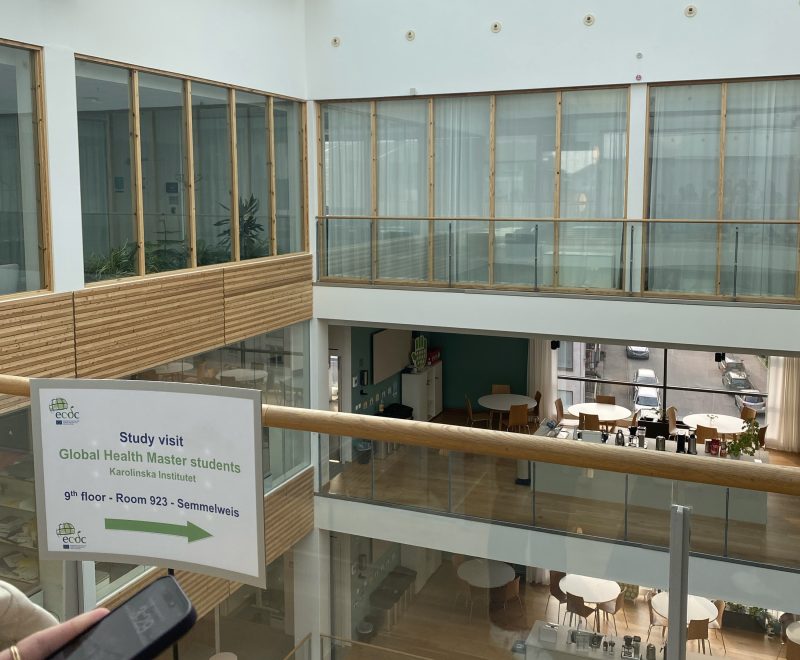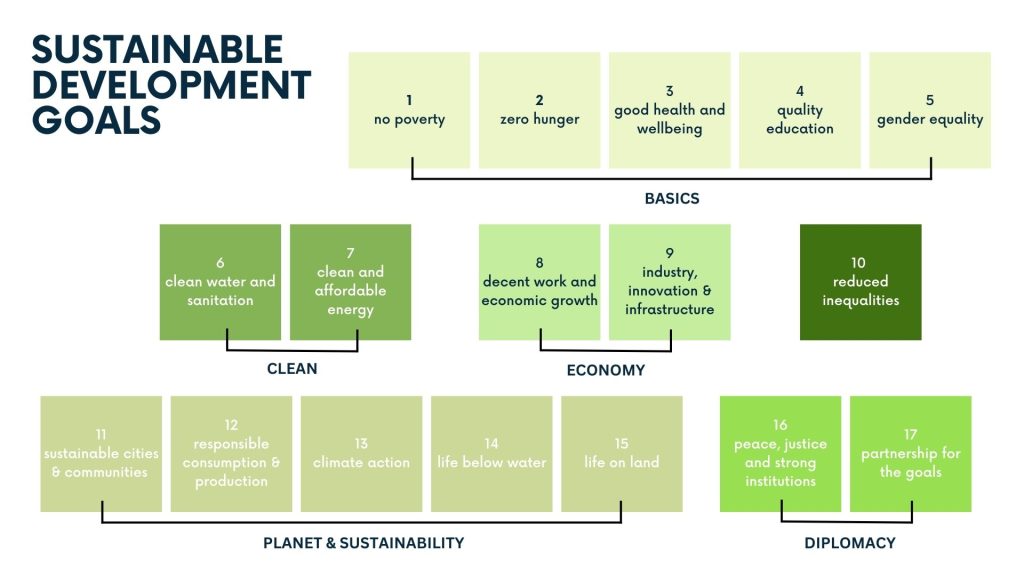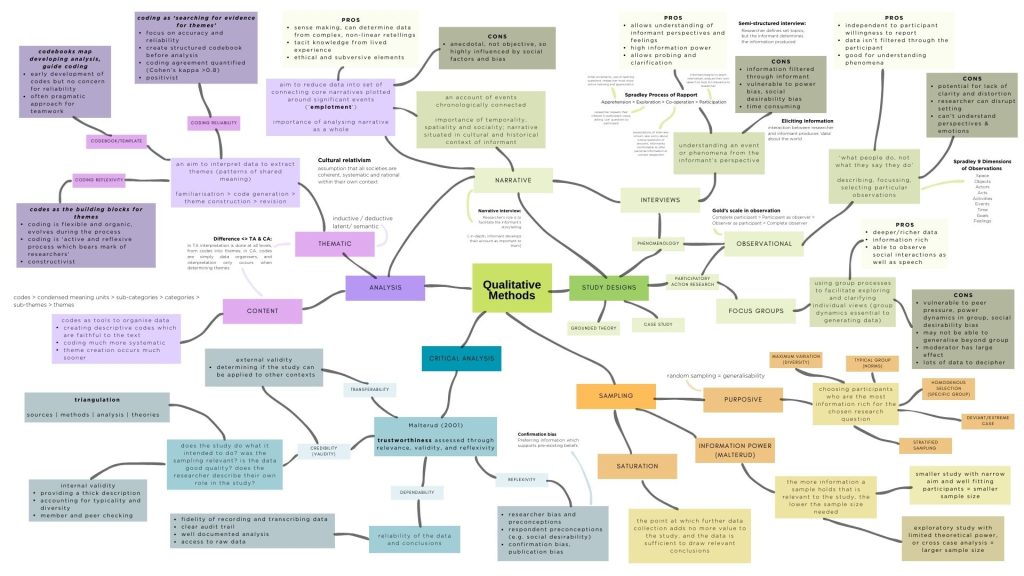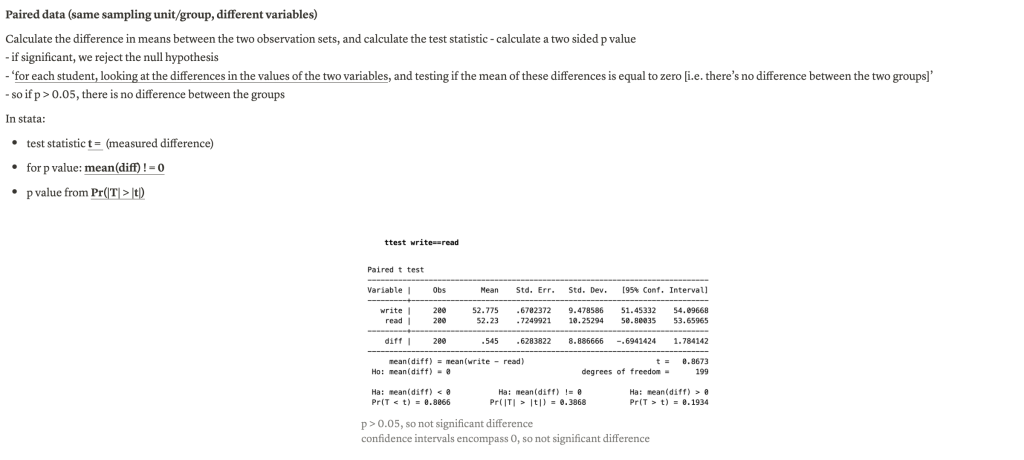
Around the world in 60 days: what it’s like to start studying Global Health.
Now that I’ve been studying at the KI for over 2 months (time flies!), and have finished my first 2 courses, I though I’d give you a little insight into what it’s like to start the Global Health course. For us, we studied both Introduction to Global Health, and Research Methodologies at the same time, which was a new aspect implemented this year. Whilst I can’t promise this will be the same for any other year, here are my experiences of studying these courses over the past 2 months.
Introduction to Global Health
Introduction to Global Health covers a lot of basic concepts in the field, since our classmates come from a diverse range of professional and academic backgrounds. As such, the course covers a wide range of topics, from poverty and the global burden of disease, to the role of the EU in health, and how our diets can be healthier and more sustainable. The diverse range of topics makes this course interesting, and we got to hear from many fascinating guest lecturers who were experts in their field. Personally, I particularly enjoyed the classes we had on ‘How the EU works with Global Health’, and ‘Global Health Politics & Diplomacy’, which was delivered by a formed interim Director-General of the World Health Organisation. The lectures take a ‘flipped classroom’ approach, and so you often have pre-reading to complete before attending the class, although this isn’t mandatory.
As with any other course at the KI, Intro to Global Health included its fair share of group work. As one of the first courses you take at the KI, I found group work to be a great way to get to know my new classmates, as you’ll get to work with a variety of different people on different kinds of projects. An example of a group project we completed, was a task related to reducing the problem of antimicrobial resistance in India. We also had the chance to attend a study visit to the EU’s European Centre of Disease Prevention and Control (ECDC). The ECDC is very close to the KI Solna campus, and this was a great opportunity to hear from those actively working in public and global health policy, and to understand the current health priorities of the EU better.
[Note for non-EU people – as Sweden is an EU member, there is a large focus on the role of the EU in health, policy, and global health. Although this can sometimes feel less relevant to your country context, the strategies and policies the EU employs are interesting as a case study, and perhaps for how you could apply them to your own country!].
This course was assessed through group work participation, and a final exam with a mix of multiple choice and longer written answers. Here’s one of my study pages for the exam, based on the Sustainable Development Goals:

Research Methodology
The Research Methodology course is split into two halves, qualitative methods and quantitative methods. We studied qualitative methods first, followed by quantitative methods which includes a module on epidemiology, and a module on biostatistics. This is a course that strikes fear into the hearts of most prospective Global Health students, as you’ve either had little experience with qualitative methods, or you have an intense dislike of statistics. But if you’re well versed in both, then this course is definitely for you!
Most of my experience is with quantitative research, so I found the module on qualitative methods to be very interesting, as I didn’t have much exposure to concepts such as narrative analysis, focus groups, and reflexivity. The lectures provide an overview of the most popular types of qualitative data collection and analysis, and group or individual projects give you the chance to put those methods into practise. Qualitative methods are examined after you finish the module, with a long answer question exam, and here’s an idea of some of the content:

Quantitative methods starts immediately after qualitative methods, and most of us found this aspect of the course, and particularly the biostatistics module, to be quite difficult. The epidemiology module covers public health data monitoring and study designs. It was assessed for us based on a group project, which used concepts on which we were examined. The biostatistics module was based on the statistical program Stata, but was assessed through an exam, in which we interpreted Stata outputs and interpreted data (although it is likely this will change for next year!). This course can definitely be hard going – the concepts can be difficult to grasp, and there isn’t a lot of time to consolidate your understanding. I found the best way of studying for these exams, as with all of these modules, was to study with others in my class. Each person will have a better understanding of certain topics, and so if you combine your knowledge, everyone will come out on top! There are also many helpful resources online which explain certain statistical concepts in different ways, some of which may make more sense to you. Here’s an example of some of my notes:

Doing these courses at the same time was something new for the Global Health Master’s this year. The advantages of this approach is that your week has a lot of variety, and you won’t feel stuck within any one topic. This is great if there are certain aspects of each course that you enjoy more than others, as it can break up the classes that you are enjoying less, with ones that you find very interesting. However, doing both courses at once does require good time management, as you may have overlapping assignments, or need to be studying for an exam in one course whilst continuing in another. The overlapping courses also mean that towards the end of both courses, you will have one or more exams to study for every two weeks. Nevertheless, it is possible to complete these courses and enjoy a social life in beautiful Stockholm.
My final disclaimers – don’t let my notes and revision maps scare you! Everyone learns differently, and whilst it seems like a lot of information, a large amount you will absorb passively through class and group work. You will enjoy some aspects more, and find some aspects a struggle, but use your classmates and friends as supports and study buddies. I also cannot promise that the course will look the same next year – this is just one person’s experience of Global Health in 2023 – but hopefully this has provided a good insight into what to expect at the start of this Master’s programme, and encourages you to see yourself studying here!
Thank you, and see you next time 🙂

Emily - Global Health
Hi, I’m Emily! I’m from the UK, the USA and Malaysia, and I’m studying the Master’s in Global Health this year. I’m a medical student in the UK, and hope to work either in Emergency Medicine or Women’s Health, as well as in health policy development and implementation. In my free time, I love playing sports, thrift shopping, hiking and the outdoors, and trying out new cafés (all of which I have heard Stockholm is perfect for!). I’m excited to travel around Scandinavia this year, start some new sports, and explore the shops and cafés in Södermalm.

0 comments